Flat Roof Leaks and Failures: How to Prevent Them
We were contacted recently by one of our Main Contractor Clients about a failing flat roof they were looking at, so we arranged a survey. Here’s what we found.
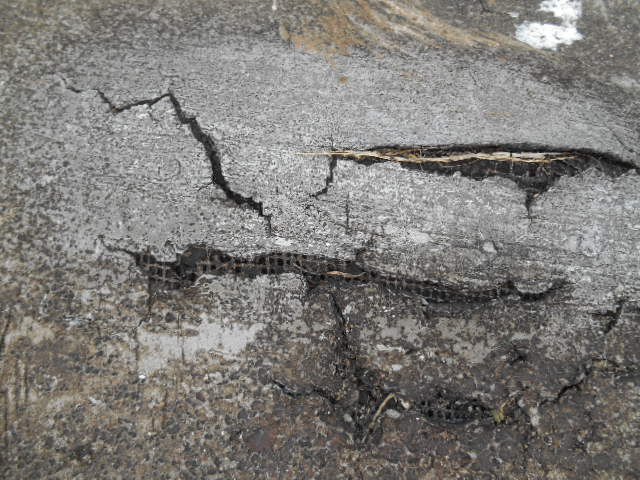
The existing asphalt waterproofing appears to have had its working life significantly shortened by lack of care and poor design. The asphalt is age hardened and brittle, and as a result thermal and structural movement have led to splits and cracks, allowing water penetration.
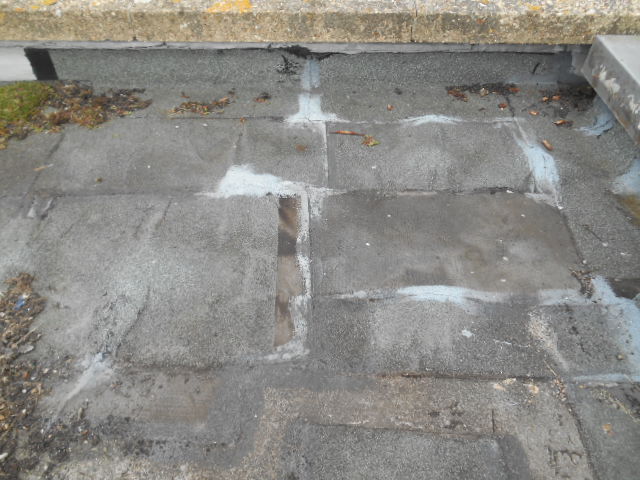
The roof had then been repaired using additional pieces of bituminous cap sheet, and with liquid treatments. These repairs had failed, partly due to the already perilous state of the existing waterproofing.
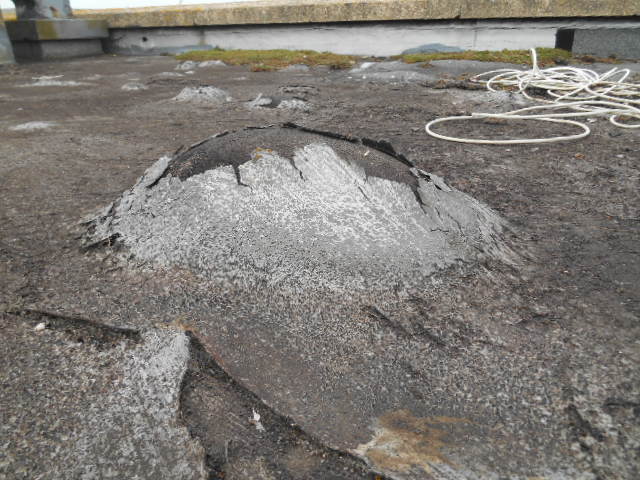
Large blisters had appeared in the waterproofing: evidence of trapped air and moisture. There are also large areas of ponding water; in some locations there were blisters in the ponds!
Ponding water causes several problems, including temperature variations between the ponds and adjoining dry areas, and freeze/thaw cycles in winter. A pond of water will also produce much more damage inside the building if the water penetrates the membrane.
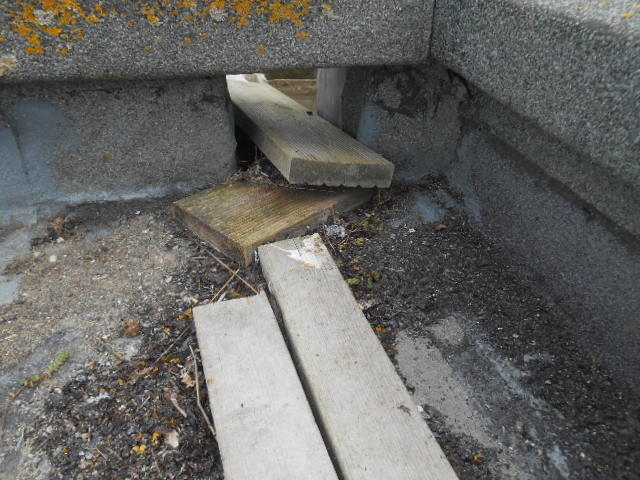
Outlets in the parapet to allow water to leave the roof were blocked with debris (including large pieces of timber) and silt, which had built up for so long that plants were growing in it. Despite the roof not being designed as a “Green” roof it’s doing a pretty good impersonation of one.
Upstand details around the vent units and rooflights were in poor condition, with evidence of slumping, blistering and damage. The parapet walls were also in poor condition, and their DPC membranes had failed.
The Horror Story
This roof has certainly been neglected; in fact it has been ignored. This doesn’t only have implications for water ingress, but also for health and safety. If the roof isn’t being maintained, maintenance of the roof-mounted plant is more hazardous.
It’s a pretty horrific sight. No wonder the roof had failed, and no wonder thousands of pounds of damage had been caused to the building beneath. The roof was in such a poor state that rather than consideration being given to an over cover, our proposal had to be for a full strip off and start again. Along with the costly damage already caused, this comprehensive re-roofing will also cost the client around three times more than an over cover solution.
This roof has been badly designed, mistreated and abandoned, and has come back to bite its owner. But could this situation have been avoided? Most definitely.
How to Prevent Flat Roof Leaks
1. Planned, Proactive Maintenance
Out of sight, out of mind, but only for a while. A roof denied an occasional inspection is storing up bigger problems for later. If you don’t have a good maintenance regime in place, you’ll see a dramatic acceleration in the aging of the whole roof installation. This will bring about completely unnecessary and onerous costs.
Ensure your roof is provided with a proper programme of inspection and maintenance.
A poorly maintained roof will also put your staff at risk of accidents. Make sure that fall protection is installed at the perimeters and make a full risk assessment of the roof hazards to protect those who will inspect your roof. Ice during winter and debris / slime build up are hazards which can be and should be avoided.
2. Good Design
Maintenance is extremely important for all roofs, but maintenance programmes can be simpler and less onerous if the roof is properly designed to begin with.
For example, there is a tendency to design flat roofs to minimums. Minimum falls, minimum upstands. But minimums are exactly what they state “Minimums”; rather than a “try to achieve” figure. Many designers see minimums as an annoyance which causes difficulties with threshold interfaces or parapet heights, but designing a roof to minimums or even less will inevitably lead to a need for more regular inspections and maintenance.
Designers should feel free to design at more than the minimum. They should design for a realistic, reasonable maintenance regime. And don’t be under the illusion that ‘Flat Roofs’ are flat. They are not.
3. Appropriate Repair or Replacement
No roof lasts forever, but a well designed, well maintained roof can give a full life of service. Some of our flat roof products have been successfully protecting roofs for over 50 years.
On occasion, incidents such as falling debris, high wind or storm damage will need remedial treatment, and this needs to be undertaken using the correct materials suitable for the roof finish, properly prepared and applied by trained professionals.
A good inspection regime will also save you money at the end of the roof lifespan, because if your roof has been regularly inspected, the options for repair or replacement when it reaches the end of its working life will be less costly.
More Information
Alongside our product partners, and with our team of site inspectors, we inspect thousands of flat roofs every year, so there’s little we haven’t seen on a flat roof.
Read more about roof maintenance issues in our Guarantees section.
Our complete and impartial design service extends to the refurbishment and replacement of flat roofs. We also provide a complete assessment and recommendation service to reduce the risks of working at height.
Our DATAC accredited contractor members also have full access to support from the technical and commercial team pre tender, during installation and on completion, including assistance with site surveys, wind uplift, thermal and acoustic calculations, design of tapered insulation schemes, maintenance and aftercare. Read more about DATAC here.
If you come across your own horror story, or need some advice about a new or existing flat roof design, get in touch with us.
In the meantime, why not share your flat roof horror story pictures with us on Twitter? We’re using the hashtag #flatroof.




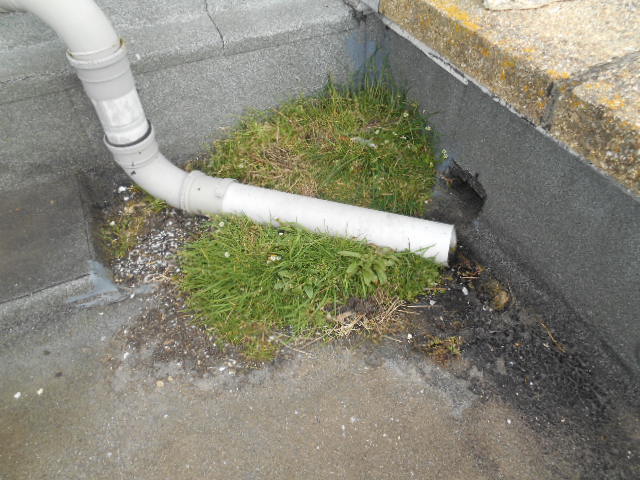
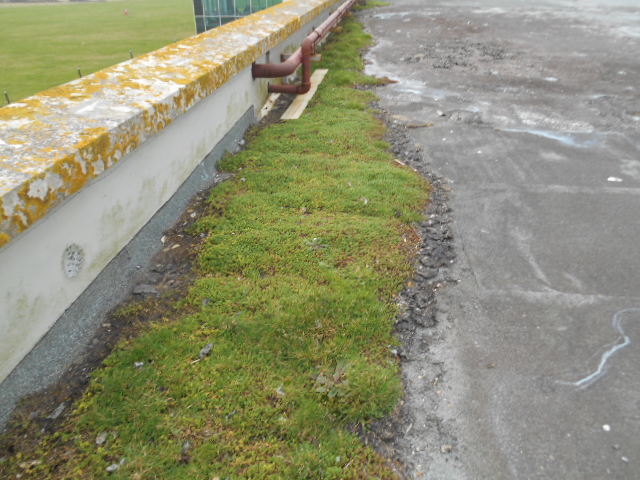









[…] SOURCE: HERE […]
Flat roof leaking creates big problem. The Preventing method for flat roof leaking is well describe in your post.
1. Arranged and Proactive support
2. Great Design
3. Fitting Repair or Replacement
Thanks for pics
Great! Thanks for sharing this informative blog. You explain the best point, how to prevent the leaks failures. Keep posting.
It is painful to see that there are some roofing systems which are neglected. Leaks are a homeowner’s nightmare so it should definitely be prevented as it would lead to bigger problems in the future.
I’ve seen so many roofs need replacements because of decades of poor cleaning and maintenance practices. But nothing quite as bad as this! Great article! Thanks for sharing.
Absolutely spot-on article. I’ve seen tons of roofs that have been neglected, with people not thinking that maintaining your roof regularly beats replacing it due to damage. I’ll take the former all day, any day.
This is a very informative article, roofs definitely need maintaining and care. It seems many people are not aware of this! Thank you for sharing.
Thank you for taking the time to educate people by writing this article. The average person does not know much about roofing, so it is good that someone is taking the time to put high quality material out there to inform and educate. It helps the small business owner like me. We recently opened a roofing operation here in Richmond Virginia, and we like to come across things like this. You did a wonderful job. Keep up the good work!
Thank you for sharing this informative article. It’s so true that the roofing industry can be quite a mystery to many of us. Your effort in providing valuable insights is highly appreciated. As a fellow small business owner in the roofing field, your content is like a guiding light for us, especially as we establish ourselves. Kudos to your excellent work, and please keep those informative posts coming